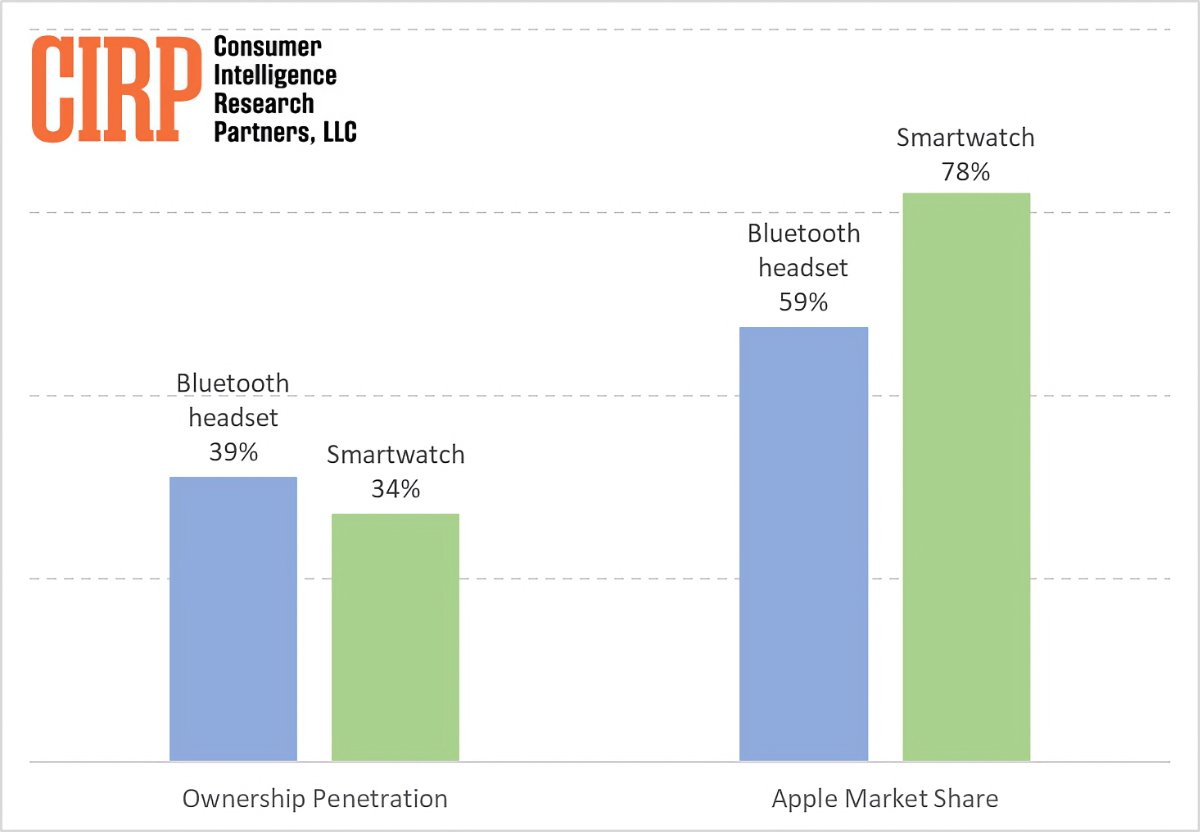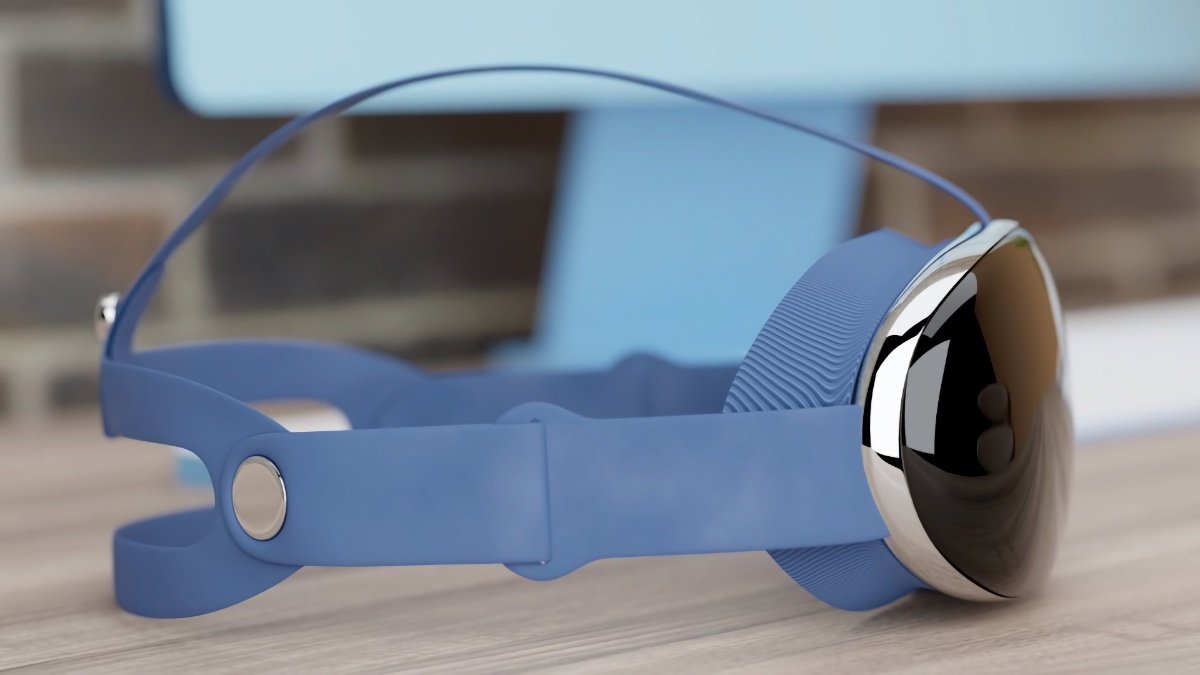The adoption rate of Apple's mixed-reality headset among iPhone users might parallel that of the AirPods and Apple Watch. However, the headset will be at a much higher cost.
Reports suggest that shipments of the upcoming headset from Apple might be aimed at developers with a limited production run, at least for the first year. It might also only attract serious buyers due to the high price.
To determine the response of the market to the new product, the most recent report by Consumer Intelligence Research Partners (CIRP) examines its potential rate of adoption to the AirPods and Apple Watch. As wearables, these products act as accessories to the iPhone, and the Reality headset might function similarly.
For example, approximately 40% of iPhone owners also have Bluetooth headsets, and around one-third own a smartwatch. Apple holds a substantial portion of the market among iPhone owners who own a Bluetooth headset or smartwatch.
Roughly 60% of iPhone owners with a Bluetooth headset possess AirPods, whereas more than 75% of iPhone owners with a smartwatch own an Apple Watch. Therefore, CIRP anticipates that consumer acceptance of the Reality headset will closely resemble the adoption patterns observed for these products, especially the Apple Watch.
 Bluetooth headset and smartwatch penetration of iPhone owners, and Apple market share among device owners (twelve months ending March 2023)
Bluetooth headset and smartwatch penetration of iPhone owners, and Apple market share among device owners (twelve months ending March 2023)Apple can expect a significant market share within a relatively limited consumer base for the headset. But that might depend on how well it fits into the Apple ecosystem, specifically with the iPhone.
AirPods easily connect to the iPhone, while the Apple Watch integrates with the iPhone experience at a higher level, incorporating functionalities like health tracking, managing notifications, and other features. The ease of connectivity with other Apple devices could be a driving factor for adopting the headset, regardless of whether it functions as a standalone device or an accessory to the iPhone.
The price of the Reality headset is also a significant concern. Priced at $3,000, it would be approximately three times higher than its premium competitors and more expensive than most other products offered by Apple.
"The last time Apple tripled a competitive market price was with its HomePod smart speaker," CIRP writes. "After almost five years in that market, Apple finds itself in a distant third place behind Amazon Echo and Google Home."
 Andrew Orr
Andrew Orr







-m.jpg)







 Malcolm Owen
Malcolm Owen
 William Gallagher
William Gallagher

 Wesley Hilliard
Wesley Hilliard






-m.jpg)




10 Comments
The hardware and software integration has to be top notch, and whatever Apple or third software used/bundled up with the new device needs to be very usable from day one, a Apple Maps fiasco on the first day cannot happen.
The best ski goggles we ever made.
Apart from price, content is the biggest driver of adoption.
I'm pre-supposing XR will be the goal and not just VR.
The product has not been released yet — so why does this article state that it is “priced at $3000”? Pathetic writing.